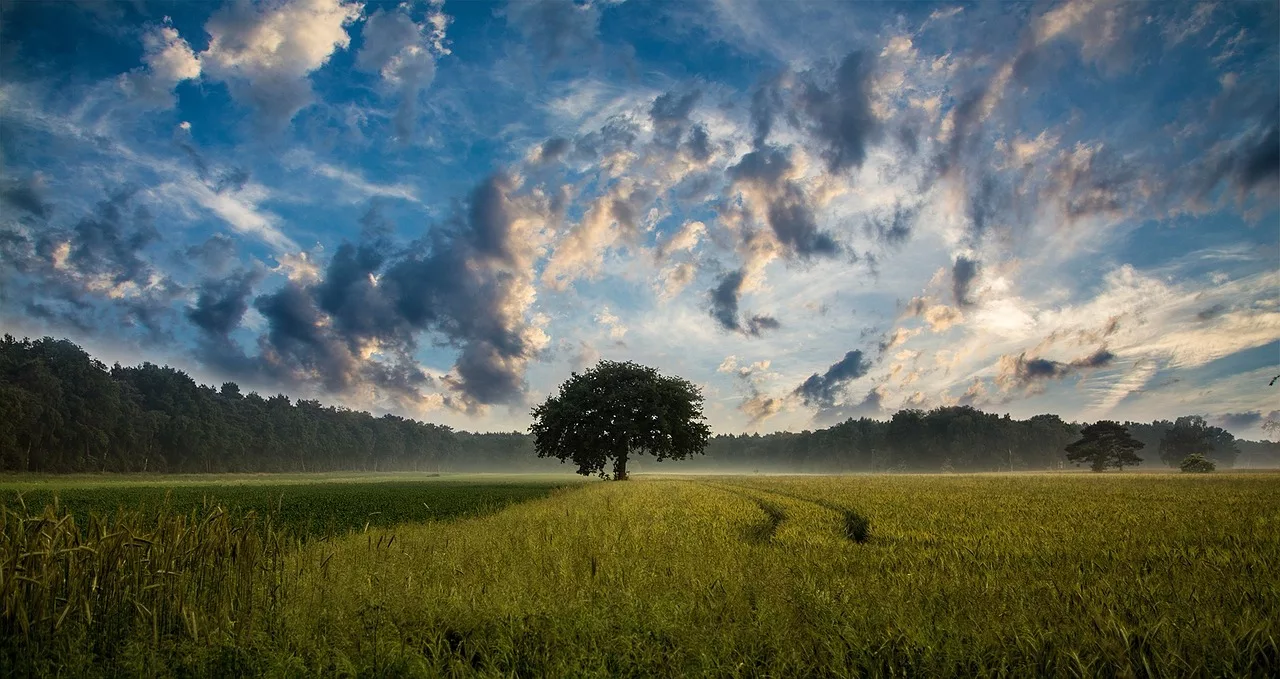
(NDAgConnection.com) – The landscape of agriculture in North Dakota is changing, with more women stepping into roles that have traditionally been dominated by men. According to the most recent agriculture census conducted in 2022, the state has witnessed a significant increase in female participation within its farming and ranching sectors.
This shift is not just reshaping the industry’s workforce but also bringing diverse perspectives and innovations to the forefront of North Dakota’s agriculture.
Women now represent 36% of all agricultural producers in North Dakota, totaling 1.2 million individuals. This marks a considerable change, showing the growing importance of women in this field.
They now constitute 30% of the state’s farmers and ranchers, a figure that underscores the evolving dynamics within the sector. This rise in female participation is a positive indicator of the sector’s inclusivity and adaptability to changing societal norms.
The census data also provides insights into the demographic trends of the state’s agricultural producers. Although there is a budding presence of younger individuals in the industry, with 11% of producers being 34 years old or younger, the average age of farmers and ranchers in North Dakota remains relatively high at 56.8 years.
This statistic highlights the ongoing challenge of attracting younger generations to agriculture, an issue that is critical for the sector’s sustainability and future growth.
The increasing role of women in North Dakota’s agriculture is a testament to the sector’s gradual transformation. It reflects a broader trend of inclusivity and diversity within the industry, opening new opportunities for innovation and growth.
As the agriculture sector continues to evolve, the contributions of women will undoubtedly play a crucial role in shaping its future.
This development is not just a local phenomenon but part of a larger, nationwide shift towards greater gender diversity in agriculture. It aligns with global efforts to recognize and enhance the role of women in all sectors, including farming and ranching.
As North Dakota’s agriculture sector embraces this change, it sets an example for other states and countries, showcasing the positive impact of diversity on the industry’s resilience and productivity.
